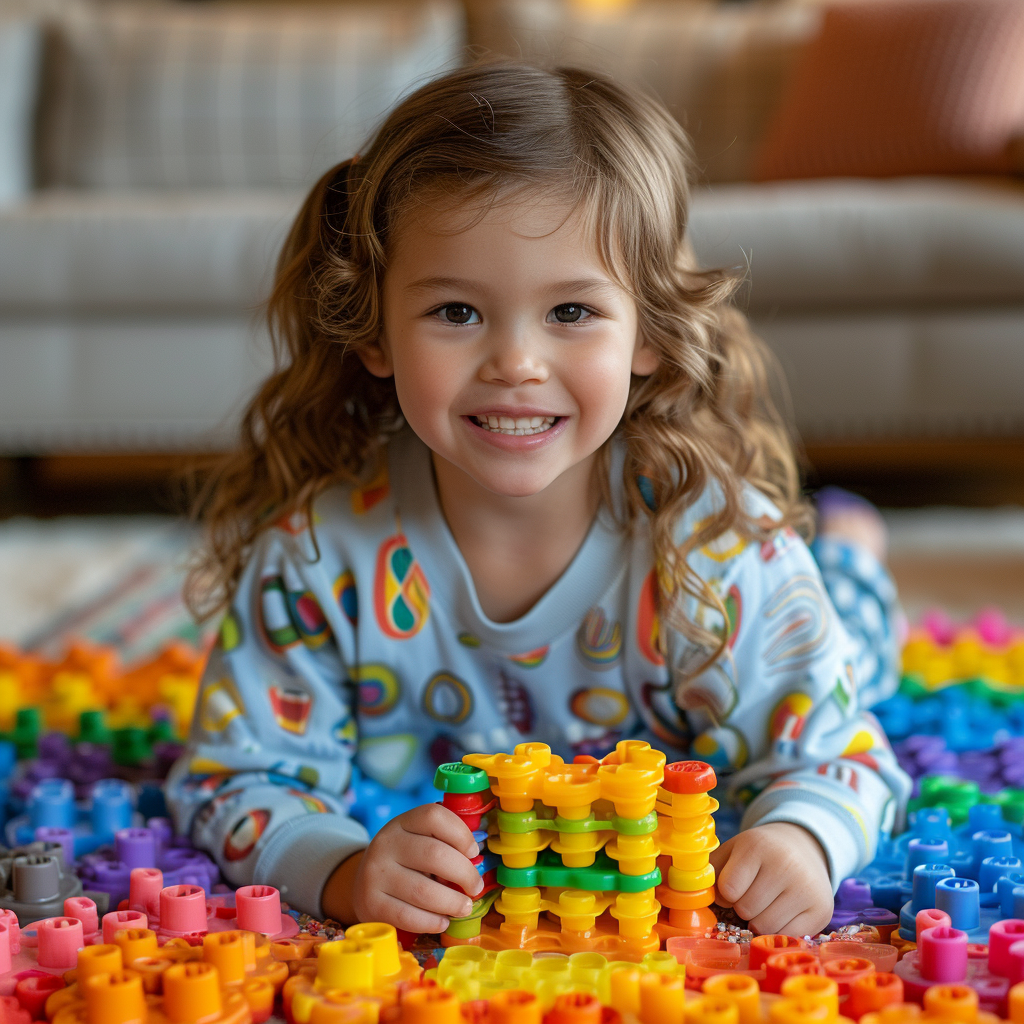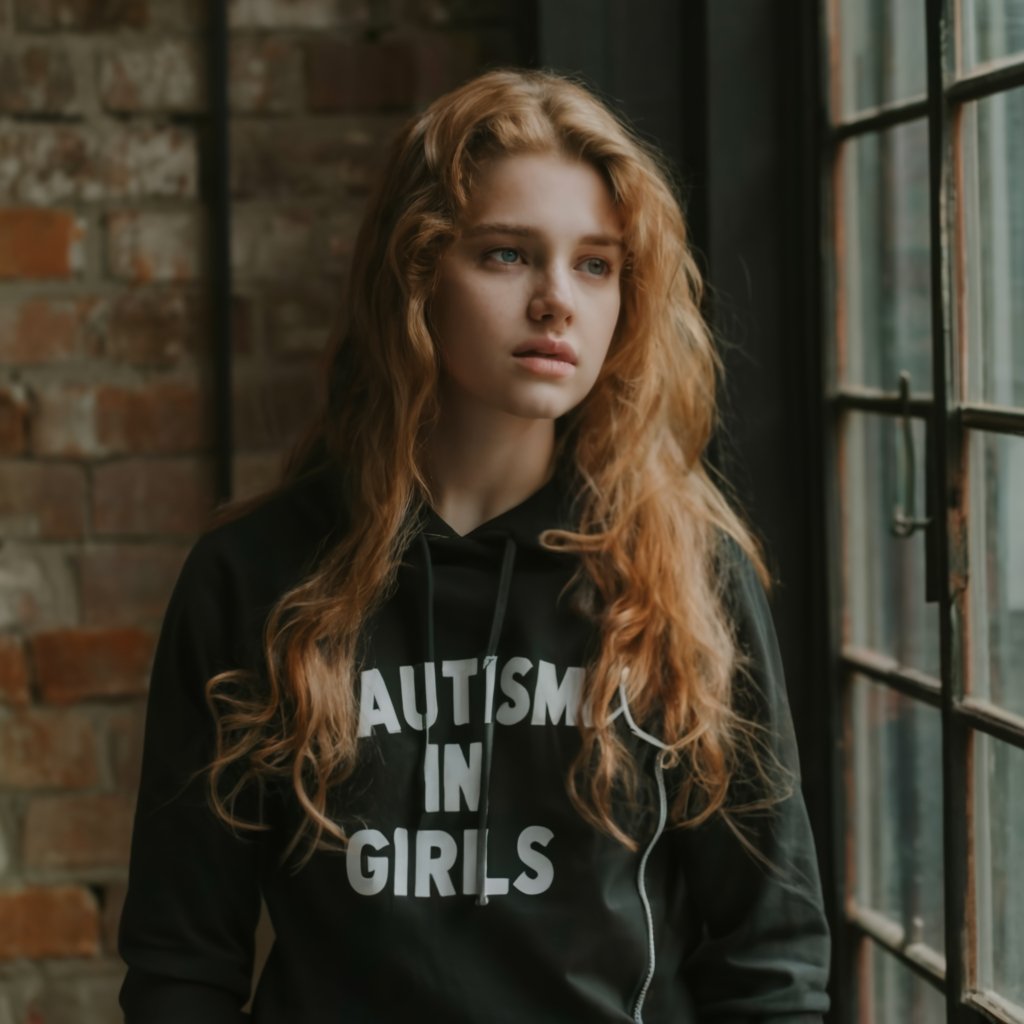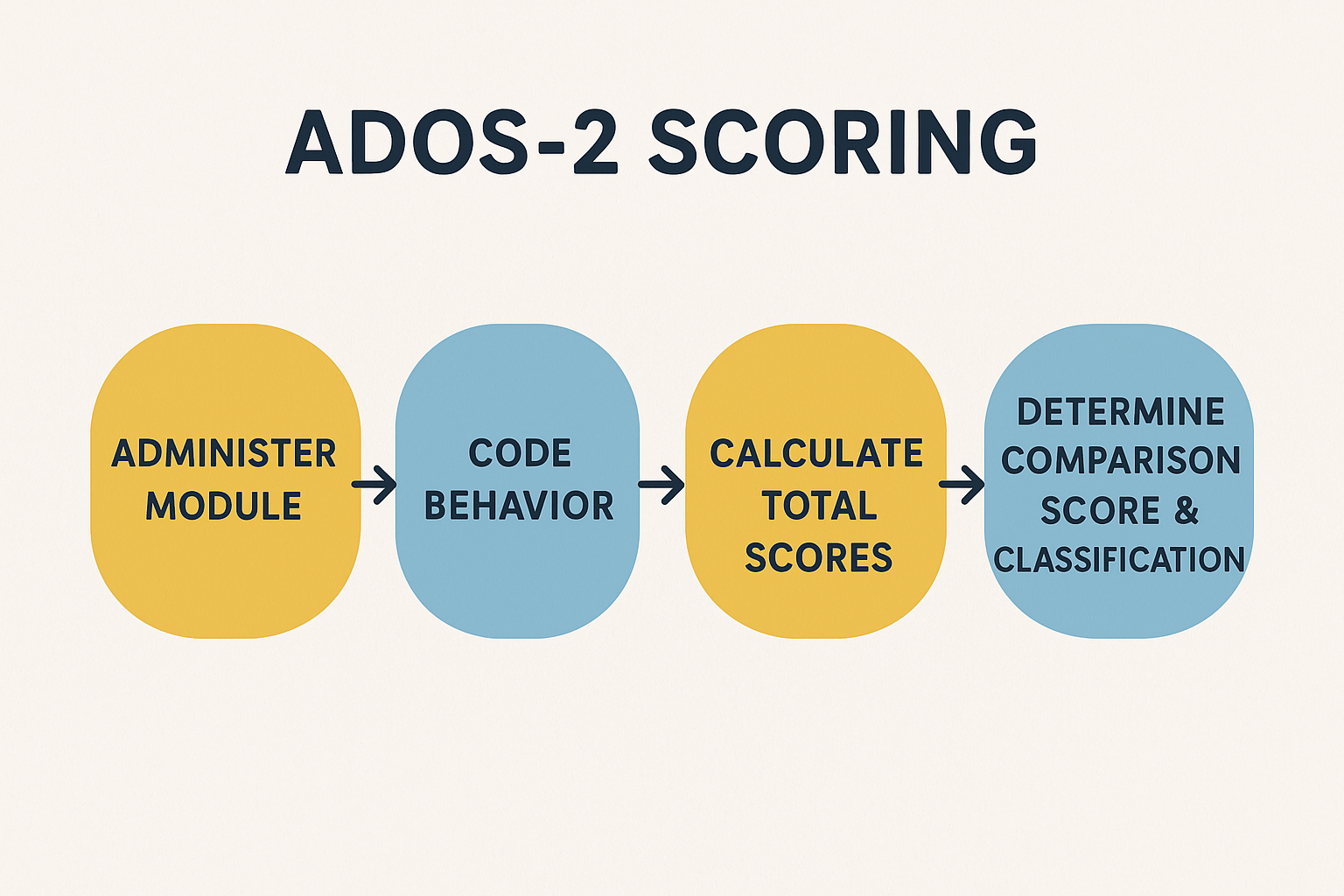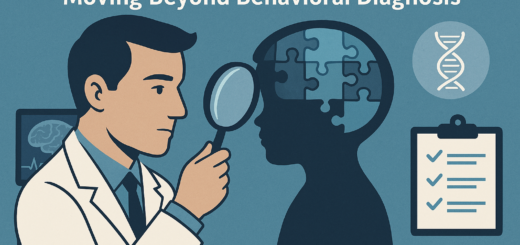Signs of Autism in Girls: A Comprehensive Guide

- Introduction
- Signs of Autism in a 1-Year-Old Girl
- Signs of Autism in a 2-Year-Old Girl
- Signs of Autism in a 3-Year-Old Girl
- Signs of Autism in a 4-Year-Old Girl
- Signs of Autism in a 5-Year-Old Girl
- Signs of Autism in a 6-Year-Old Girl
- Signs of Autism in a 7-Year-Old Girl
- Signs of Autism in an 8-Year-Old Girl
- Signs of Autism in a 9-Year-Old Girl
- Signs of Autism in a 10-Year-Old Girl
- Signs of Autism in an 11-Year-Old Girl
- Signs of Autism in a 12-Year-Old Girl
- Signs of Autism in a 13-Year-Old Girl
- Signs of Autism in a 14-Year-Old Girl
- Signs of Autism in a 15-Year-Old Girl
- Challenges in Diagnosing Autism in Girls
- The Importance of Early Intervention
- Co-occurring Conditions
- Personal Stories/Case Studies
- Tips for Parents/Caregivers
Autism Spectrum Disorder (ASD) is a neurodevelopmental condition that affects social interaction, communication, and behavior. While autism is often associated with boys, it is essential to recognize the signs and symptoms in girls as well. Early detection and intervention can significantly impact a child’s development and quality of life.
Introduction
Autism presents itself differently in girls than in boys, and the signs can be more subtle and easily overlooked. Girls with autism may show fewer repetitive behaviors and may be better at masking their difficulties, which can delay diagnosis. Additionally, the criteria for diagnosing autism are based primarily on research conducted on boys. These criteria may not accurately capture the unique presentation of autism in girls. This comprehensive guide aims to help parents, caregivers, and professionals identify the signs of autism in girls at different ages.
Signs of Autism in a 1-Year-Old Girl
At this age, some potential signs of autism in girls may include:
- Lack of eye contact or difficulty maintaining eye contact
- Minimal response to their name
- Delayed or absent babbling or gesturing
- Lack of interest in social interactions or games like peek-a-boo
- Unusual reactions to sensory experiences (e.g., indifference to loud noises, fascination with spinning objects)
Signs of Autism in a 2-Year-Old Girl
As girls approach their second birthday, autism may manifest in the following ways:
- Delayed or absent speech development
- Difficulty understanding simple instructions
- Repetitive body movements or hand flapping
- Preference for solitary play or lack of interest in other children
- Intense attachment to specific objects or routines
Signs of Autism in a 3-Year-Old Girl
At age 3, some signs of autism in girls can include:
- Difficulty engaging in imaginative or pretend play
- Persistent use of gestures instead of words to communicate
- Unusual or intense interests in specific topics or objects
- Difficulty with social skills, such as sharing or taking turns
- Sensory sensitivities or aversions to certain textures, sounds, or lights
Signs of Autism in a 4-Year-Old Girl
As girls approach their fourth birthday, some potential signs of autism may include:
- Difficulty initiating or sustaining conversations
- Literal interpretation of language and difficulty understanding figurative speech
- Restricted or repetitive patterns of behavior, interests, or activities
- Challenges with social skills, such as understanding personal space or social cues
- Sensory issues, like covering ears in response to specific sounds or refusing to wear particular clothing textures
Signs of Autism in a 5-Year-Old Girl
At age 5, some signs of autism in girls can include:
- Struggles with understanding emotions and expressing their feelings
- Difficulties with transitions or changes in routine
- Intense focus on specific topics or objects to the exclusion of other activities
- Problems with motor skills, such as clumsiness or poor coordination
- Difficulties with making and maintaining friendships
Signs of Autism in a 6-Year-Old Girl
As girls reach school age, some potential signs of autism may include:
- Challenges with understanding social norms and rules
- Difficulty with reading non-verbal cues, such as body language and facial expressions
- Unusual speech patterns, such as speaking in a monotone voice or using phrases from movies or TV shows
- Struggles with organization and time management
- Difficulties with handwriting or other fine motor skills
Signs of Autism in a 7-Year-Old Girl
At age 7, some signs of autism in girls can include:
- Challenges with perspective-taking and understanding others’ points of view
- Intense emotional reactions or meltdowns in response to sensory stimuli or changes in routine
- Difficulties with abstract thinking or understanding metaphors and idioms
- Struggles with self-regulation and impulse control
- Unusual or intense interests or preoccupations
Signs of Autism in an 8-Year-Old Girl
As girls approach their eighth birthday, some potential signs of autism may include:
- Difficulties with social interaction and making friends
- Challenges with understanding social rules and conventions
- Repetitive behaviors or movements, such as rocking or pacing
- Intense focus on specific interests or activities to the exclusion of others
- Struggles with flexibility and adapting to changes in routine
Signs of Autism in a 9-Year-Old Girl
At age 9, some signs of autism in girls can include:
- Challenges with understanding abstract concepts and figurative language
- Difficulties with organization and time management
- Sensitivity to sensory stimuli, such as loud noises, bright lights, or certain textures
- Struggles with emotional regulation and expressing emotions appropriately
- Unusual or intense interests or preoccupations
Signs of Autism in a 10-Year-Old Girl
As girls approach their tenth birthday, some potential signs of autism may include:
- Difficulties with social interaction and maintaining friendships
- Challenges with understanding social cues and non-verbal communication
- Repetitive behaviors or routines that can interfere with daily activities
- Intense focus or preoccupation with specific interests or topics
- Struggles with flexibility and adapting to changes in routine or environment
Signs of Autism in an 11-Year-Old Girl
At age 11, some signs of autism in girls can include:
- Difficulties with understanding social norms and expectations
- Challenges with organization and time management
- Struggles with emotional regulation and expressing emotions appropriately
- Sensitivity to sensory stimuli, such as loud noises, bright lights, or certain textures
- Unusual or intense interests or preoccupations
Signs of Autism in a 12-Year-Old Girl
As girls enter their teenage years, some potential signs of autism may include:
- Difficulties with social interaction and maintaining friendships
- Challenges with understanding non-verbal communication and social cues
- Repetitive behaviors or routines that can interfere with daily activities
- Intense focus or preoccupation with specific interests or topics
- Struggles with flexibility and adapting to changes in routine or environment
Signs of Autism in a 13-Year-Old Girl
At age 13, some signs of autism in girls can include:
- Difficulties with understanding and navigating social dynamics and peer relationships
- Challenges with emotional regulation and expressing emotions appropriately
- Unusual or intense interests or preoccupations that may be all-consuming
- Struggles with organization, time management, and executive functioning skills
- Sensitivity to sensory stimuli, such as loud noises, bright lights, or certain textures
Signs of Autism in a 14-Year-Old Girl
As girls approach their mid-teens, some potential signs of autism may include:
- Difficulties with social interaction and maintaining friendships
- Challenges with understanding non-verbal communication and social cues
- Repetitive behaviors or routines that can interfere with daily activities
- Intense focus or preoccupation with specific interests or topics
- Struggles with flexibility and adapting to changes in routine or environment
Signs of Autism in a 15-Year-Old Girl
At age 15, some signs of autism in girls can include:
- Difficulties with understanding and navigating complex social situations and relationships
- Challenges with emotional regulation and expressing emotions appropriately
- Unusual or intense interests or preoccupations that may be all-consuming
- Struggles with executive functioning skills, such as planning, organizing, and time management
- Sensitivity to sensory stimuli, such as loud noises, bright lights, or certain textures
Challenges in Diagnosing Autism in Girls
Autism spectrum disorder (ASD) is often underdiagnosed or misdiagnosed in girls due to several reasons. Diagnostic criteria for autism are primarily based on research conducted on boys. These criteria may not accurately capture the unique presentation of autism in girls. Additionally, gender biases and stereotypes affect the recognition of autistic traits in girls. They may exhibit different behaviors than their male counterparts.
Another significant challenge is the ability of some girls on the spectrum to “camouflage” or mask their social difficulties. This ability can make their autism less apparent to others. Furthermore, girls with autism may experience co-occurring conditions like anxiety, which can further complicate the diagnostic process. Finally, a lack of awareness and training among healthcare professionals can contribute to missed or delayed diagnoses of autism in girls.
The Importance of Early Intervention
Early detection and intervention for autism in girls are crucial for supporting their development and improving long-term outcomes. With timely access to appropriate therapies, girls on the autism spectrum can develop critical social skills. They can also enhance communication skills. This may mitigate some of the challenges they face.
Early intervention can help address sensory needs and rigidity. It can also target the development of problem behaviors early on. This reduces frustration and improves overall quality of life. Additionally, it allows families to connect with support services. Families can access resources and communities. These can provide guidance and understanding throughout their journey.
Early intervention can foster confidence in girls with autism. It builds on their strengths and interests from an early age. This sets them up for success in various areas of life. Early identification and intervention of autism improve the chances for positive outcomes. They also enhance the potential for a fulfilling life for these individuals.
Co-occurring Conditions
It is common for girls with autism spectrum disorder to experience co-occurring conditions or comorbidities. One of the most prevalent is anxiety disorders, which can manifest as excessive worry, fear, or avoidance of specific situations. Girls with autism may also struggle with depression. Persistent feelings of sadness or hopelessness characterize it. They may also experience a lack of interest in activities they once enjoyed.
Attention Deficit Hyperactivity Disorder (ADHD) is another condition that frequently co-occurs with autism in girls. This can lead to attention, impulsivity, and hyperactivity difficulties, further compounding their challenges. Some girls on the autism spectrum may also have intellectual disabilities. Specific learning disorders, such as dyslexia or dyscalculia, can be present as well.
Sensory processing issues are also common among girls with autism. They may experience heightened sensitivity or indifference to certain sights, sounds, textures, or smells, which can cause distress or discomfort in daily life.
Recognizing and addressing these co-occurring conditions is crucial for providing comprehensive support and appropriate interventions for girls with autism. A multidisciplinary approach involving various specialists and therapists may be necessary to address their unique needs effectively.
Personal Stories/Case Studies
Incorporating personal stories and case studies into discussions about autism in girls can provide invaluable insight and perspectives. These first-hand accounts can help humanize the clinical information. They also shed light on the unique experiences and challenges faced by girls and women on the autism spectrum.
For example, a young woman diagnosed with autism in her late teens could share her journey. She navigated the social complexities of adolescence. She also developed strategies to cope with sensory overload in various settings. Her story could highlight the importance of self-advocacy and finding supportive communities.
Another case study could follow a young autistic girl who excelled academically but struggled with social interactions and developing friendships. Her parents’ account of seeking appropriate educational accommodations and nurturing her special interests could offer valuable guidance for other families.
By sharing these personal narratives, readers can gain a deeper understanding of the lived experiences of girls. They also offer insight into the experiences of women with autism. These stories offer insights beyond just the diagnostic criteria and clinical perspectives. They can also provide hope, validation, and connection for individuals and families navigating similar journeys.
Tips for Parents/Caregivers
Raising a child with autism can be challenging but rewarding. Providing practical tips and strategies for parents and caregivers of girls on the autism spectrum is essential.
- Work closely with the school: Collaborate with teachers and administrators. Ensure your child receives appropriate accommodations and support in the classroom. Develop an Individualized Education Plan (IEP) or 504 plan to address your child’s unique needs.
- Find counseling and therapy: Seek out professionals specializing in autism. They can provide counseling, speech therapy, or occupational therapy. These interventions should be tailored to your child’s strengths and challenges.
- Build on interests: Encourage and nurture your child’s unique interests or passions. These interests can be powerful motivators for learning and help develop new skills.
- Manage sensory needs: Create a sensory-friendly environment at home. Assist your child in developing coping strategies for sensory overload or sensitivity.
- Nurture independence: Foster age-appropriate independence and self-care skills while providing support and accommodations.
- Advocate for your child: Be your child’s advocate in various settings. Educate others about autism. Ensure her needs are met.
- Connect with support networks: Join local or online support groups. Connect with other families navigating similar experiences. Share resources with them.
Frequently Asked Questions About Signs of Autism in Girls
Q: Is autism more common in boys than girls?
A: Yes, autism is diagnosed more frequently in boys than in girls, with some estimates suggesting a ratio of 4:1. However, this may be due in part to autism presenting differently and being underdiagnosed in girls.
Q: Why is autism often missed in girls?
A: Girls with autism may exhibit fewer repetitive behaviors. They may be better at masking or camouflaging their social difficulties. This ability can cause their symptoms to be overlooked or misinterpreted.
Q: Do the signs of autism look the same in boys and girls?
A: Not necessarily. While there is overlap, the signs of autism can manifest differently in girls compared to boys. Girls may have more subtle social deficits and fewer disruptive behaviors.
Q: At what age do signs of autism usually appear?
A: Signs of autism are often evident by 18-24 months of age, though some children show signs earlier or later. Early detection and intervention are crucial for supporting development.
Q: Can girls with autism have average or above-average intelligence?
A: Many girls on the autism spectrum have average to high intelligence. Their intellectual abilities can sometimes mask or compensate for their social difficulties.
Q: Do all girls with autism have sensory issues?
A: Not necessarily. However, many experience sensory processing differences. This can include heightened sensitivity or indifference to certain sights, sounds, textures, etc.
Q: What should I do if I suspect my daughter may have autism?
A: Consult a qualified healthcare professional, such as a developmental pediatrician or psychologist, for a comprehensive evaluation. Early intervention can make a significant positive impact.
Signs of Autism in Girls: A Comprehensive Guide

Autism Spectrum Disorder (ASD) is a neurodevelopmental condition that affects social interaction, communication, and behavior. While autism is often associated with boys, it is essential to recognize the signs and symptoms in girls as...
Interactive autism in girl checklist

Autism in Girls Checklist 💖 Select all that apply. This is not a diagnosis tool—just a gentle guide to notice common patterns. Tends to mask or camouflage behaviors in social situations Has intense interests...





2 Responses
[…] signs of autism in girls include difficulties in social interactions. They often have a strong preference for routine and […]
[…] people may answer honestly—potentially harming their professional prospects or revealing genuine struggles with executive function or social […]